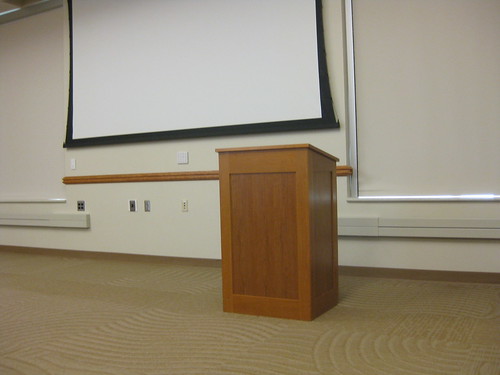Don’t let your story go off the rails
A disjointed lecture
On Monday night, I attended a lecture put on by a local education nonprofit. The topic was interesting, and based on her biography, the speaker seemed knowledgeable. She started her talk by plunging the room into darkness and playing a video. Then, she got up and without preamble, started talking. She showed photographs of the subjects of her book, and talked about the people without context. She even brought up a guest who was related to one of the subjects in the book, and talked as if the room should know the person. The speaker barely talked about the subject of her lecture, making it the most disjointed and uninformative lecture I’ve been to in a long time.
Why so bad?
What went wrong? I am not sure what made the speaker give such a poor presentation. It could have been that she was having a bad night or that she hadn’t prepared enough or that she’s bad presenter.

Photo by Lina Kivaka from Pexels
Always seek best practices
One thing I know for sure: This presentation could have been much better if the speaker followed the following storytelling rules:
1) Have a beginning, middle and end
Avant-garde cinema often plays with these elements (starting at the end, etc.), but in traditional (and clear) story-telling you start at the beginning and conclude at the end. That’s a story arc that is easy to follow.
2) Don’t make assumptions
When you are the expert, you may assume that everybody knows what you know. But that is not so. You have to fill in details and information for those in your audience you may not know everything there is to know about your subject.
3) Focus
It’s easy to meander when telling a story. There are also sort of side stories and interesting details about your main topic. But before you can go down a side path, you have to clear the main path. In other words, focus on the main story before you start telling tangential stories.
Bottom line:
Sure, there’s more to effective story telling than this. But before you embellish a story, start with the basics.
